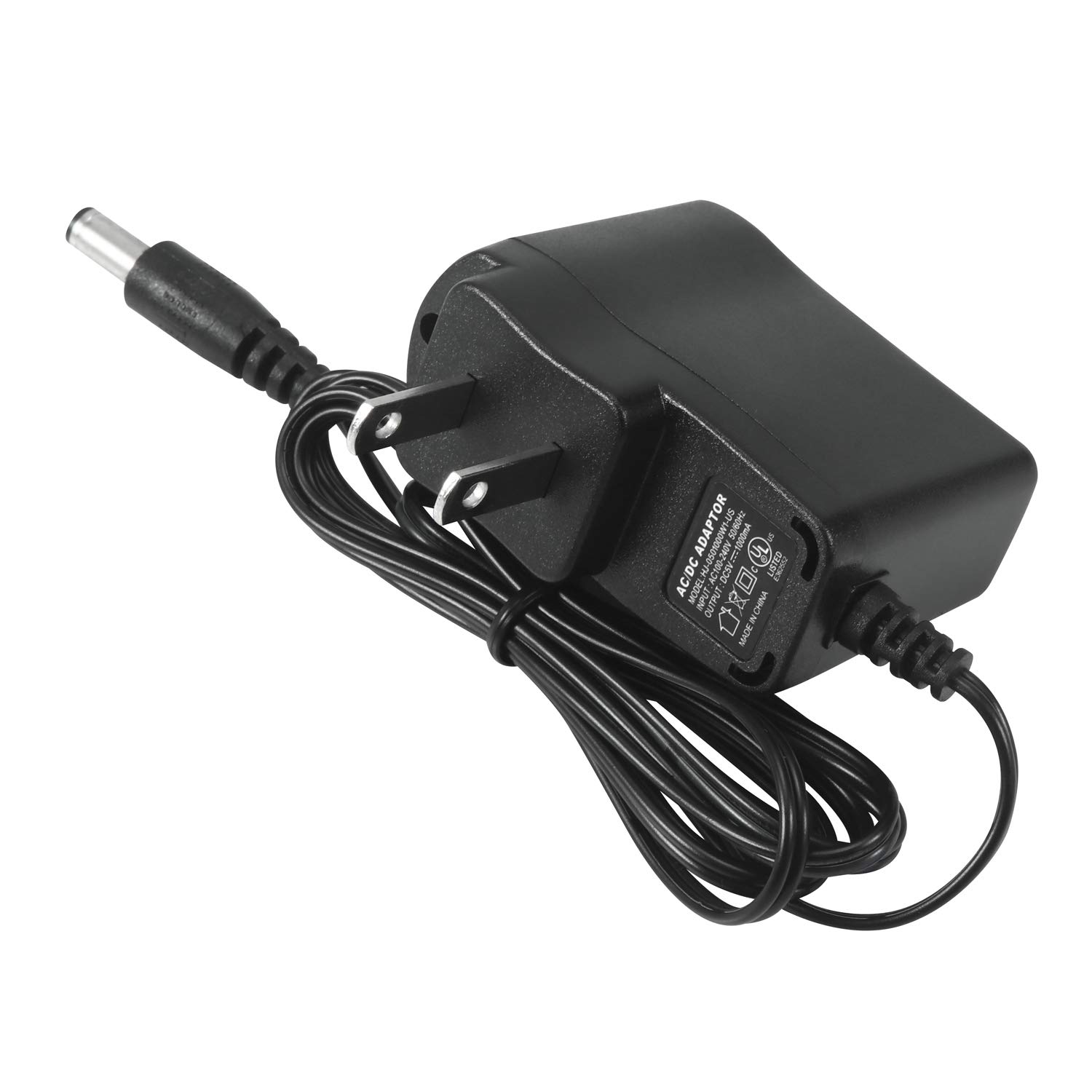

Articles
What Is A 5V Adapter
Modified: December 7, 2023
Learn all about 5V adapters with our informative articles. Understand the benefits, types, and usage of these essential electronic accessories. Enhance your knowledge today!
(Many of the links in this article redirect to a specific reviewed product. Your purchase of these products through affiliate links helps to generate commission for Storables.com, at no extra cost. Learn more)
Introduction
A 5V adapter is an essential electronic device that provides a stable and regulated power supply at a voltage of 5 volts. It is widely used in various electronic devices and is particularly popular in the world of technology and gadgets. Whether you are charging your smartphone, powering a Raspberry Pi, or connecting a USB device, a 5V adapter is a crucial component that ensures the proper functioning of these devices.
In this article, we will delve into the various aspects of a 5V adapter, including its definition, purpose, working principle, common applications, types, and considerations when choosing one. So, if you’ve ever wondered how your electronic devices get their power or which 5V adapter is the right fit for your needs, read on to find out!
Key Takeaways:
- 5V adapters are essential for charging smartphones, powering USB devices, and facilitating circuit prototyping. Understanding their purpose, types, and safety considerations ensures efficient and secure device operation.
- When choosing a 5V adapter, consider power requirements, connector compatibility, safety certifications, reliability, and portability. Prioritize safety by selecting certified adapters and following usage guidelines for optimal device performance and longevity.
Read also: 11 Best 5V Fan for 2024
Definition of a 5V adapter
A 5V adapter, also known as a 5-volt power supply or 5V power adapter, is a device that converts alternating current (AC) voltage from a wall outlet into direct current (DC) voltage at a constant 5 volts. It is designed to provide a steady and reliable power source to various electronic devices that require a 5V input.
The 5V adapter consists of two main components: a transformer and a rectifier. The transformer converts the high voltage AC power from the outlet to a lower voltage suitable for further processing. The rectifier then converts the AC voltage into a steady DC voltage, eliminating any fluctuations or ripples that could potentially harm the connected device.
With its compact size and standardized plug, the 5V adapter is a convenient and portable power solution. It allows you to charge or power devices that operate on a 5V input, such as smartphones, tablets, digital cameras, Arduino boards, and many other consumer electronics.
It is important to note that the term “adapter” is often used interchangeably with “power supply” or “charger.” While they serve a similar purpose – providing power to devices – adapters are specifically designed to match the voltage and current requirements of the target device. In the case of a 5V adapter, it is designed to deliver a constant voltage of 5 volts to devices that require it.
Purpose of a 5V adapter
The primary purpose of a 5V adapter is to provide a stable and regulated power supply to devices that operate on a 5V input. It ensures that these devices receive the correct voltage they need to function effectively and safely.
Here are some key purposes of a 5V adapter:
- Powering electronic devices: Many electronic devices, such as smartphones, tablets, Bluetooth speakers, and smartwatches, operate on a 5V input. The 5V adapter allows you to charge these devices by providing the required voltage. It also helps in powering devices such as Arduino boards, Raspberry Pi, or other microcontroller-based projects that require a stable 5V power source.
- USB connectivity: USB devices, like external hard drives, USB flash drives, and USB hubs, often rely on a 5V power source to operate. A 5V adapter powers the USB ports on your computer, laptop, or USB hub, allowing these devices to function properly.
- Converters and interfaces: Various converters and interfaces, such as HDMI to VGA converters or USB to serial adapters, require a 5V power supply to operate. A 5V adapter provides the necessary power to these devices, enabling them to perform their intended functions.
- Circuit prototyping: In the world of electronics and circuit prototyping, a 5V adapter is often used to provide power to breadboards and development boards. It serves as a reliable and constant power source for testing and experimenting with different electronic components.
Overall, the purpose of a 5V adapter is to ensure the proper functioning and power supply of electronic devices that require a 5V input. It allows users to charge their devices, connect USB peripherals, operate converters and interfaces, and facilitates electronic experimentation and prototyping.
How a 5V adapter works
A 5V adapter works by converting the alternating current (AC) voltage from a wall outlet into a direct current (DC) voltage at a constant 5 volts. Let’s take a closer look at the working principle of a 5V adapter:
- Step-down transformation: The first step in the process is the step-down transformation. The 5V adapter contains a transformer that takes the high voltage AC power from the wall outlet and reduces it to a lower voltage level. This lower voltage is more suitable for further processing and conversion.
- Rectification: After the step-down transformation, the AC voltage is converted into DC voltage using a rectifier. The rectifier is typically made up of diodes that allow the current to flow in one direction while blocking it in the other direction. This conversion process eliminates the negative portion of the AC waveform and results in a pulsating DC voltage.
- Filtering and regulation: To obtain a stable and regulated 5V output, the pulsating DC voltage from the rectifier is sent through a filtering circuit. This circuit includes capacitors that smooth out the ripples in the voltage, ensuring a more constant DC output. Additionally, a voltage regulator is employed to maintain the output voltage at a consistent 5 volts, compensating for any variations in the input voltage or load conditions.
- Isolation and safety: Some 5V adapters also incorporate isolation components, such as optocouplers or transformers, to provide electrical isolation between the input and output circuits. This isolation helps protect the connected devices from voltage spikes, noise, and other potential electrical hazards.
The end result of this process is a stable and regulated 5V DC output that can be safely and reliably used to power various electronic devices. The adapter is designed to deliver the appropriate voltage and current capability required by the connected device, ensuring its proper operation without the risk of overloading or damaging the device.
It’s important to note that while the general working principle of a 5V adapter remains the same, the internal circuitry and components may vary depending on the specific design and the manufacturer’s technology choices. Nevertheless, the overall goal is to convert the AC input voltage into a regulated 5V DC output for the intended applications.
Common applications of 5V adapters
5V adapters find a wide range of applications in our daily lives. They are utilized in numerous electronic devices that rely on a 5V power input. Here are some common applications where 5V adapters are commonly used:
- Smartphones and tablets: One of the most prevalent applications of 5V adapters is for charging smartphones and tablets. These portable devices often come with a USB charger that operates at 5 volts. The adapter provides the necessary power to charge the device’s battery, ensuring uninterrupted usage.
- USB-powered devices: Many USB-powered devices, such as Bluetooth speakers, portable power banks, LED lights, and cooling fans, operate on a 5V input. 5V adapters provide the required power to these devices, allowing them to function properly and ensuring a stable power supply.
- Microcontroller boards and development kits: Microcontroller boards, like Arduino and Raspberry Pi, require a 5V power supply to operate and perform various functions. A 5V adapter is often used to power these boards during prototyping or project development.
- Consumer electronics: Various consumer electronics, such as digital cameras, camcorders, portable gaming devices, and MP3 players, often rely on a 5V power input. 5V adapters ensure these devices have a stable power source, allowing users to enjoy their functionality and features.
- Embedded systems: Embedded systems, like IoT devices or industrial control systems, often require a 5V power input. 5V adapters supply the necessary power to these systems, enabling them to communicate, process data, and perform their specific tasks.
These are just a few examples of the common applications of 5V adapters. The versatility and wide usage of these adapters make them an essential component in various electronic devices across industries.
It’s important to note that the specific voltage and current requirements of each device may vary. Therefore, when selecting a 5V adapter, it’s crucial to choose one that matches the power requirements of the device to ensure proper functionality and safe operation.
When choosing a 5V adapter, make sure to check the current rating (measured in amps) to ensure it can supply enough power for your device. It’s also important to verify the connector size and polarity to ensure compatibility.Read also: 15 Unbelievable 5V Solar Panel For 2024
Types of 5V adapters
There are different types of 5V adapters available in the market, each with its own features and applications. Here are some common types of 5V adapters:
- USB wall chargers: USB wall chargers are compact and portable adapters that plug directly into a wall outlet. They typically have one or more USB ports to connect and charge devices that require a 5V input. USB wall chargers are commonly used for charging smartphones, tablets, Bluetooth headphones, and other USB-powered devices.
- Power supply modules: Power supply modules are versatile adapters that can deliver a stable 5V output. They are often used in electronics projects and prototyping. These modules come in different form factors, such as breadboard-friendly mini modules or PCB-mounted modules with adjustable voltage and current capabilities.
- AC-to-DC power adapters: AC-to-DC power adapters are more heavy-duty adapters that are used to power larger electronic devices that require a 5V input. They are commonly used for devices such as routers, external hard drives, gaming consoles, and computer peripherals. AC-to-DC adapters convert the AC voltage from a wall outlet into a 5V DC output.
- USB car chargers: USB car chargers are designed specifically for use in vehicles. They plug into the car’s cigarette lighter or accessory socket and provide one or more USB ports to charge devices while on the go. USB car chargers are often used to charge smartphones, tablets, portable GPS devices, and other USB-powered devices during car journeys.
- Wireless charging pads: Wireless charging pads have gained popularity in recent years. They use electromagnetic induction to transmit power wirelessly to compatible devices. Some wireless charging pads are designed to provide a 5V output, allowing smartphones, smartwatches, and other compatible devices to be charged without the need for a physical connection.
These are just a few examples of the types of 5V adapters available. The specific type of adapter suitable for a particular application depends on factors such as the device’s power requirements, portability needs, and compatibility with the charging method.
It’s important to choose the right type of adapter that meets your specific requirements and provides a safe and reliable power supply to your devices.
Choosing the right 5V adapter
Choosing the right 5V adapter is important to ensure the proper functioning of your electronic devices and to maintain their longevity. Here are some factors to consider when selecting a 5V adapter:
- Power requirements: Determine the power requirements of your device. Check the voltage and current rating specified by the manufacturer. Ensure that the 5V adapter you choose can provide the required voltage and current output to meet your device’s needs. It’s advisable to choose an adapter with a slightly higher current rating to allow for any additional power demands.
- Connector compatibility: Check the connector type required by your device. USB Type-A and Type-C connectors are commonly used for 5V devices. Ensure that the 5V adapter you choose has the appropriate connector to fit your device.
- Quality and safety: Look for adapters that meet safety certifications such as UL, CE, or FCC. These certifications ensure that the adapter has passed specific safety standards and is designed with protective features to prevent overcharging, overvoltage, and short circuits. Be cautious of counterfeit or low-quality adapters that may not meet safety standards.
- Reliability and brand reputation: Consider purchasing adapters from reputable brands that have a track record of producing reliable and high-quality products. Reading customer reviews and checking for warranties can help ensure the reliability of the adapter.
- Portability: If you require a portable solution, consider adapters that are compact and lightweight, such as USB wall chargers or power supply modules. These are convenient for traveling or on-the-go charging.
- Additional features: Some adapters come with additional features like multiple USB ports, fast charging capabilities, or built-in surge protection. Evaluate these additional features based on your specific needs to enhance the functionality of the adapter.
By considering these factors, you can choose a 5V adapter that is well-suited for your device, safe to use, and delivers a reliable power supply. It is advisable to purchase adapters from authorized retailers or directly from manufacturers to ensure authenticity and quality.
Remember, using the wrong adapter or a low-quality one can potentially damage your devices or pose a safety risk. So, investing in a good-quality and suitable 5V adapter is essential for a smooth and hassle-free charging experience.
Safety considerations with 5V adapters
While 5V adapters are generally safe to use, it is important to prioritize safety when selecting, using, and maintaining them. Here are some key safety considerations to keep in mind:
- Choose certified adapters: Select adapters that have undergone safety certifications such as UL, CE, or FCC. These certifications ensure that the adapter meets specific safety standards and has been tested for electrical safety and performance. Avoid purchasing counterfeit or uncertified adapters, as they may not adhere to safety requirements.
- Inspect for damage: Before using a 5V adapter, check for any physical damage such as frayed wires, bent connectors, or dents. Using a damaged adapter can lead to electrical shock or fire hazards. If you notice any damage, avoid using the adapter and replace it with a new one.
- Avoid overloading: Ensure that the total current drawn by your devices does not exceed the maximum current rating of the adapter. Overloading the adapter can cause overheating or failure. If you need to power multiple devices simultaneously, use a USB hub or a multi-port adapter that can handle the total current demand.
- Proper ventilation: Allow adequate ventilation around the adapter to prevent overheating. Avoid covering the adapter with fabrics, papers, or other materials that can obstruct airflow. Overheating can pose a fire risk and may affect the longevity of the adapter.
- Unplug when not in use: When the adapter is not in use, unplug it from the wall outlet to reduce the risk of electrical accidents and prevent energy wastage. This also helps protect the adapter from power surges or voltage spikes that could potentially damage it.
- Avoid water exposure: Keep the adapter away from water or any other liquids. Water can cause electrical shorts and pose a significant risk of electrical shock. If the adapter accidentally comes into contact with water, unplug it immediately and let it dry completely before using it again.
- Use the correct voltage: Ensure that the adapter’s input voltage matches the voltage of the electrical system in your region. Using an adapter with the wrong input voltage can lead to equipment damage, electrical hazards, or even personal injury.
By following these safety considerations, you can minimize the risk of accidents and ensure the safe and reliable operation of your devices when using 5V adapters. It is essential to prioritize safety and exercise caution while using electrical devices to protect yourself, your devices, and your surrounding environment.
Conclusion
5V adapters are indispensable components that enable the smooth operation of various electronic devices. Whether you’re charging your smartphone, powering a microcontroller board, connecting a USB device, or prototyping electronic circuits, a 5V adapter provides the stable and regulated power supply required by these devices.
In this article, we explored the definition and purpose of a 5V adapter, understanding how it works to convert AC voltage to a safe and reliable 5V DC output. We also examined the common applications of 5V adapters, including charging smartphones, powering USB devices, and facilitating circuit prototyping.
Additionally, we discussed different types of 5V adapters, such as USB wall chargers, power supply modules, and AC-to-DC adapters, and the importance of choosing the right one based on power requirements, connector compatibility, safety certifications, and portability needs.
Moreover, we highlighted important safety considerations when using 5V adapters, including selecting certified adapters, inspecting for damage, avoiding overloading, ensuring proper ventilation, and practicing water safety.
In conclusion, understanding the role and function of 5V adapters is essential for anyone utilizing electronic devices. By selecting the appropriate adapter and adhering to safety guidelines, you can ensure the efficient and secure operation of your devices, prolong their lifespan, and minimize the risk of accidents or damage.
Remember, when it comes to the power supply of your electronic devices, safety should always be a top priority. Choose wisely, use responsibly, and enjoy the reliable and uninterrupted performance that 5V adapters provide.
Frequently Asked Questions about What Is A 5V Adapter
Was this page helpful?
At Storables.com, we guarantee accurate and reliable information. Our content, validated by Expert Board Contributors, is crafted following stringent Editorial Policies. We're committed to providing you with well-researched, expert-backed insights for all your informational needs.
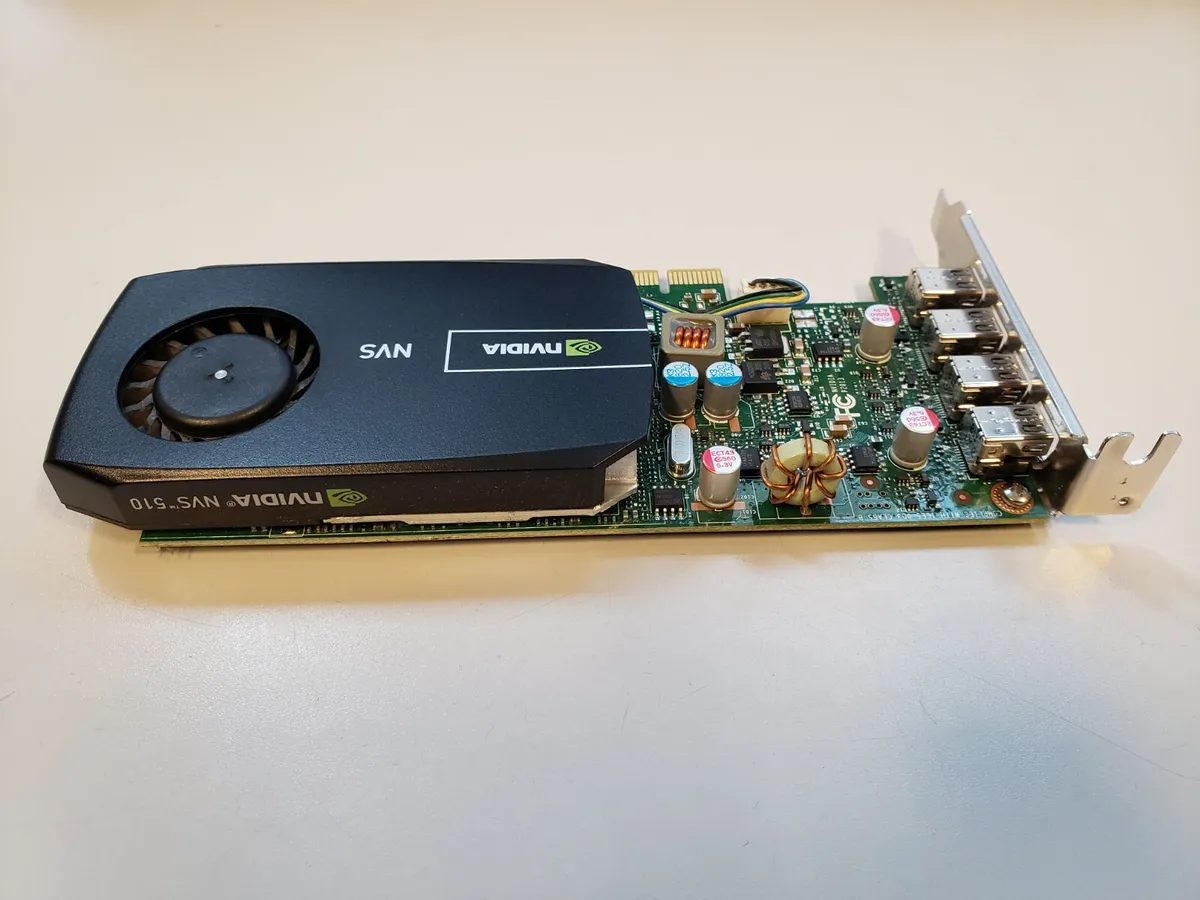
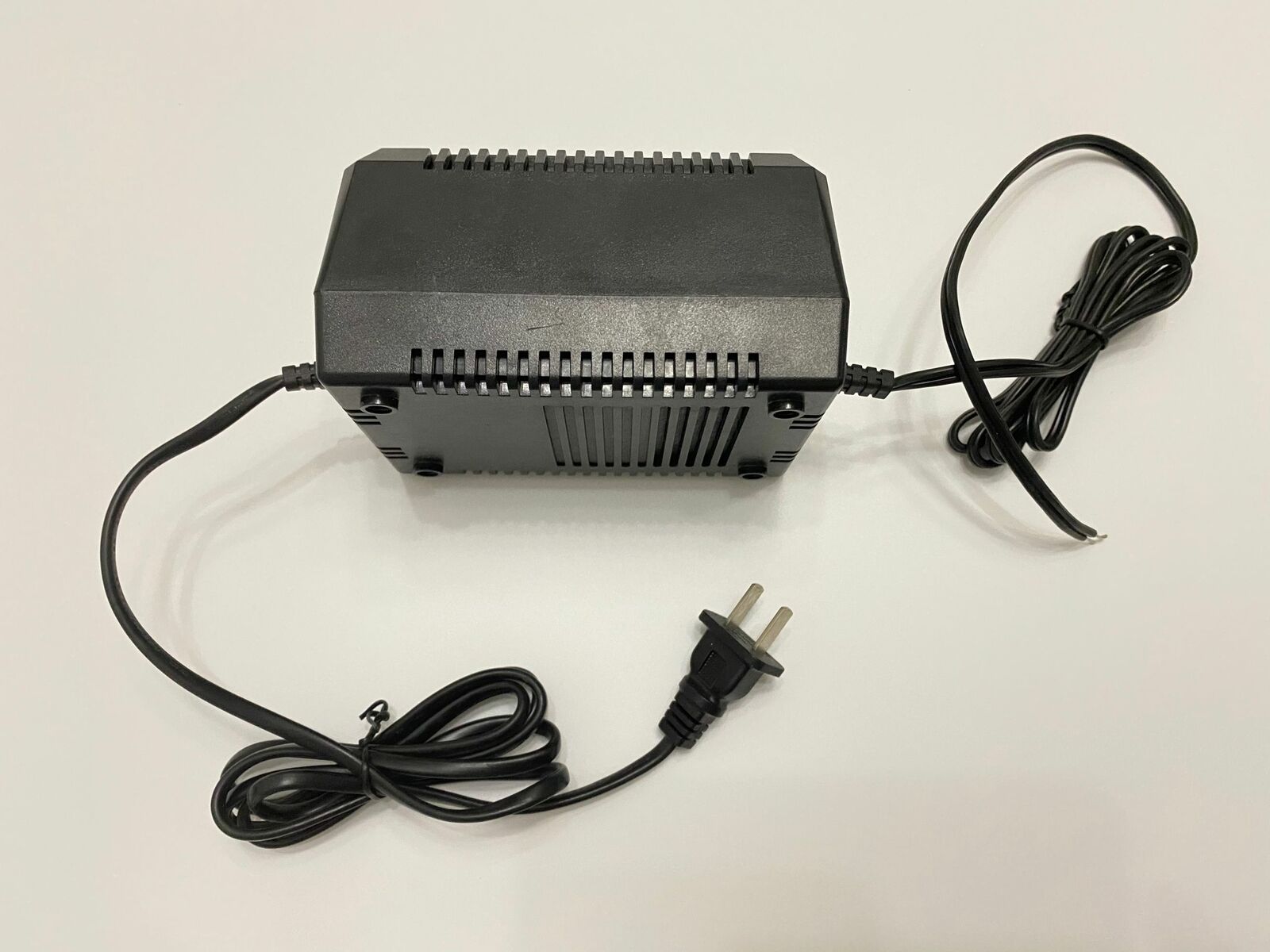
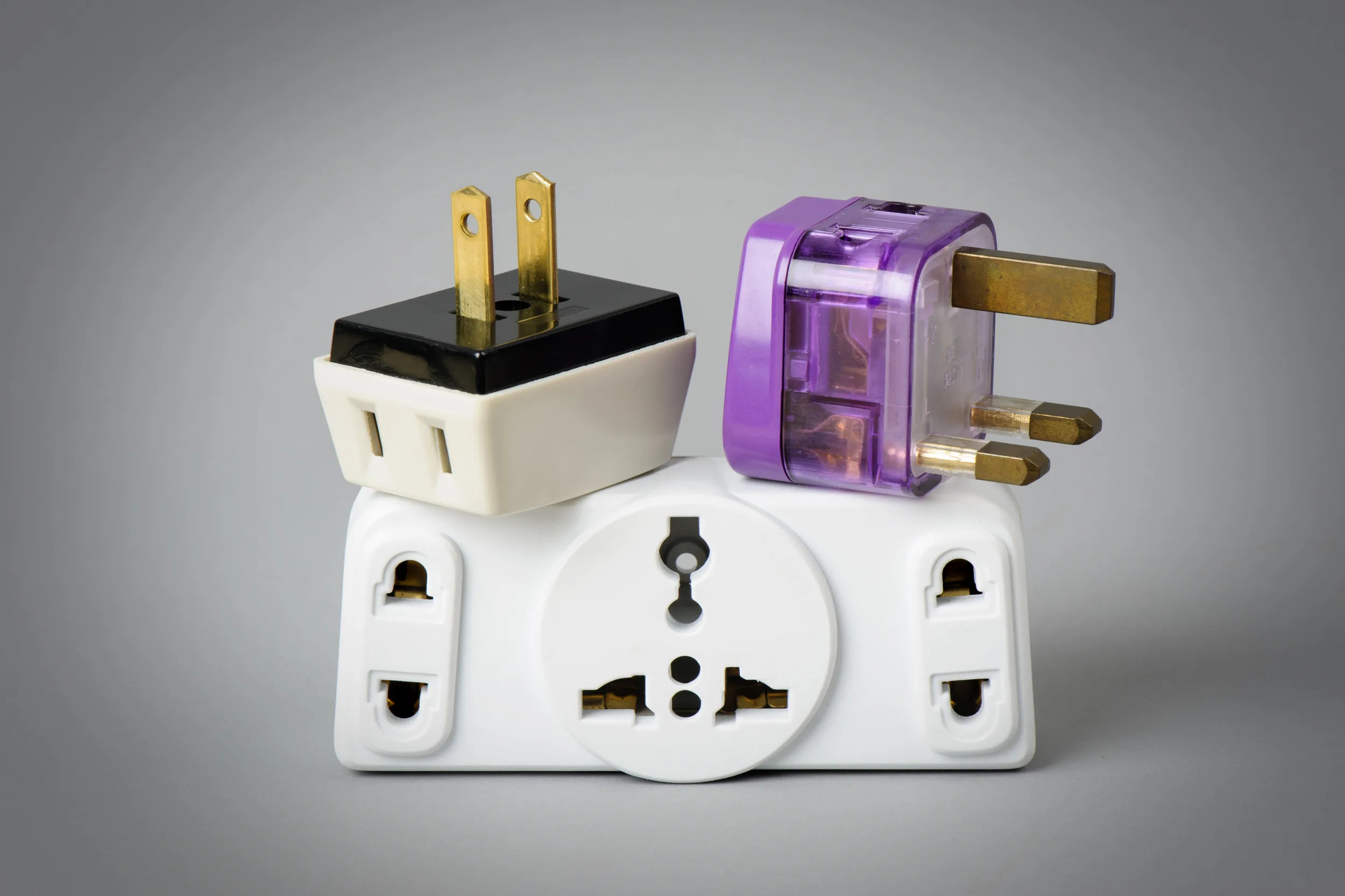

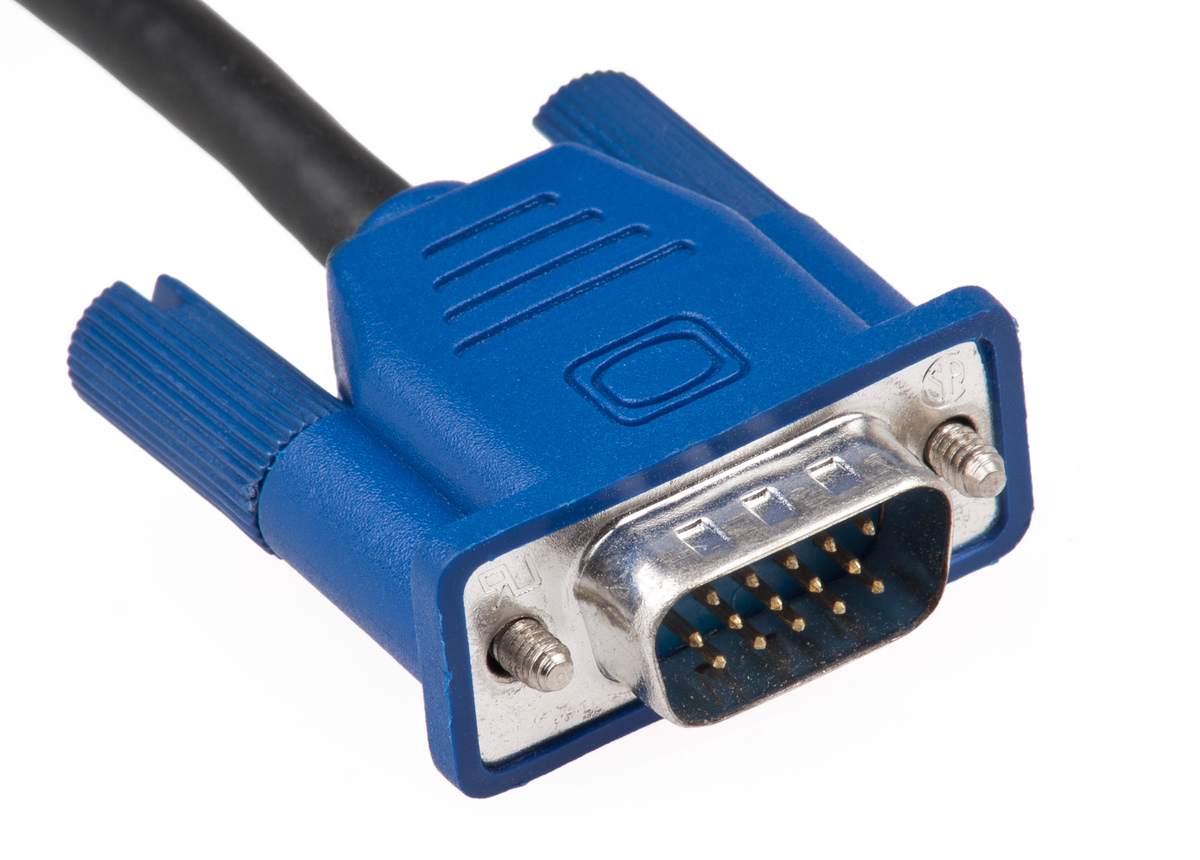
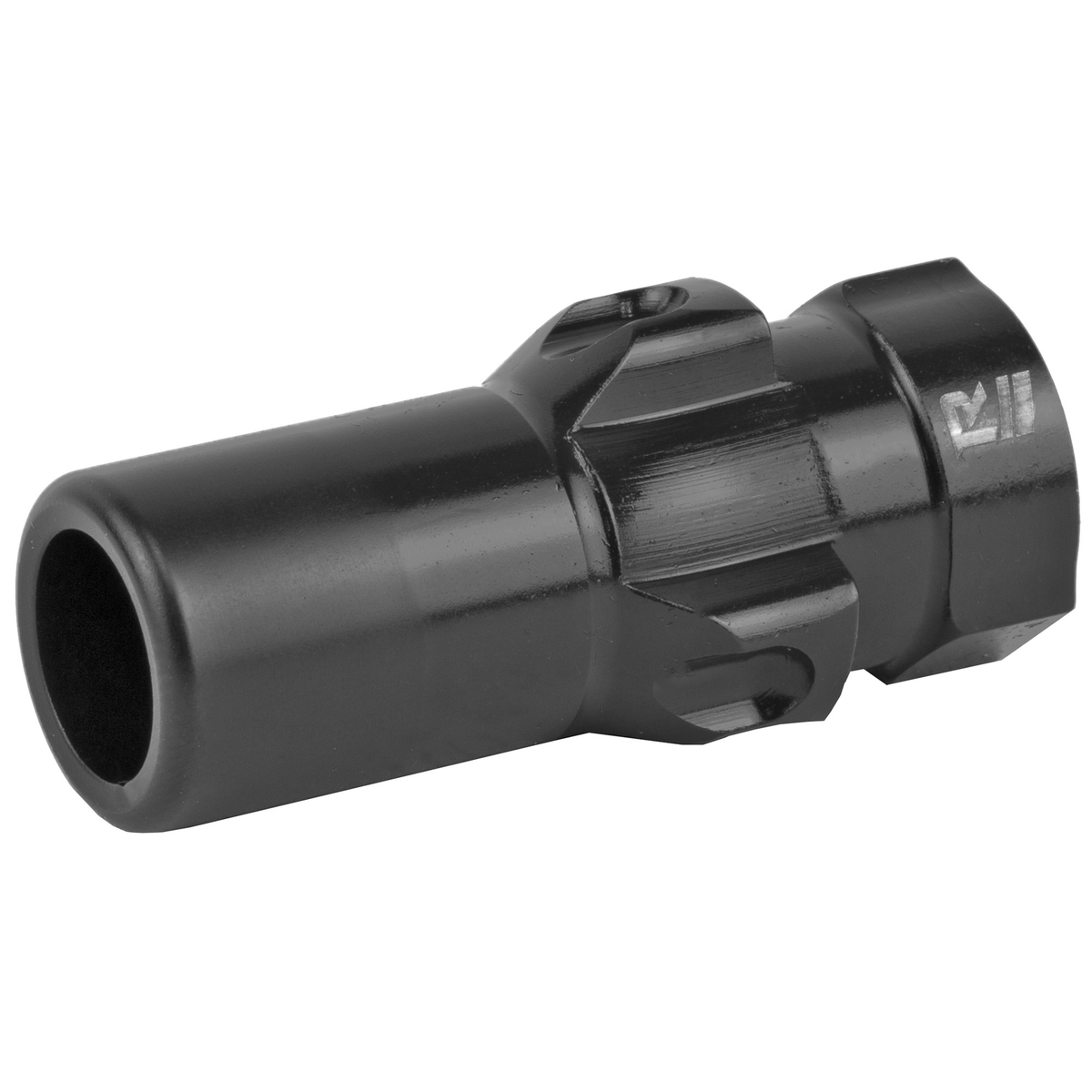
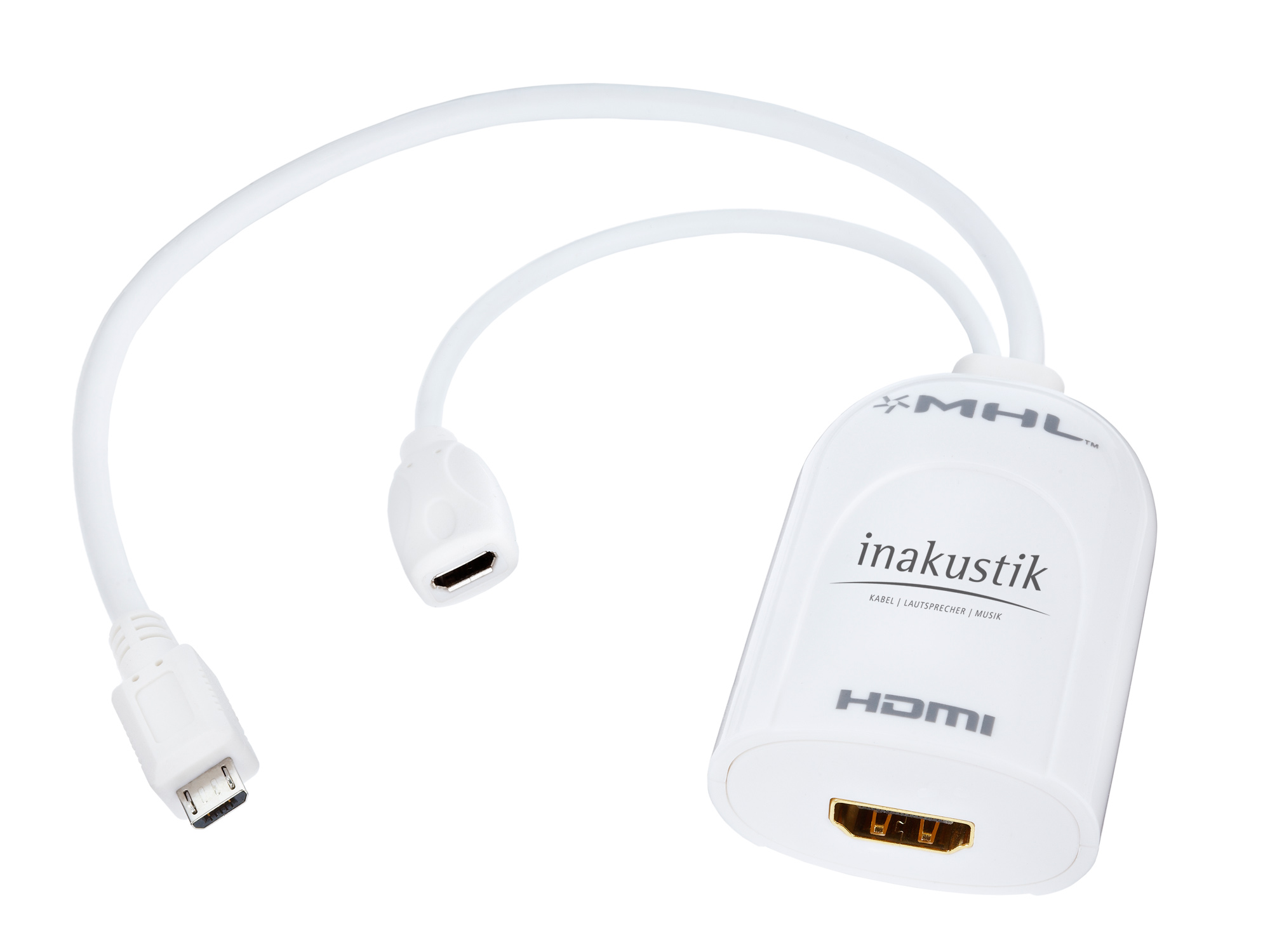
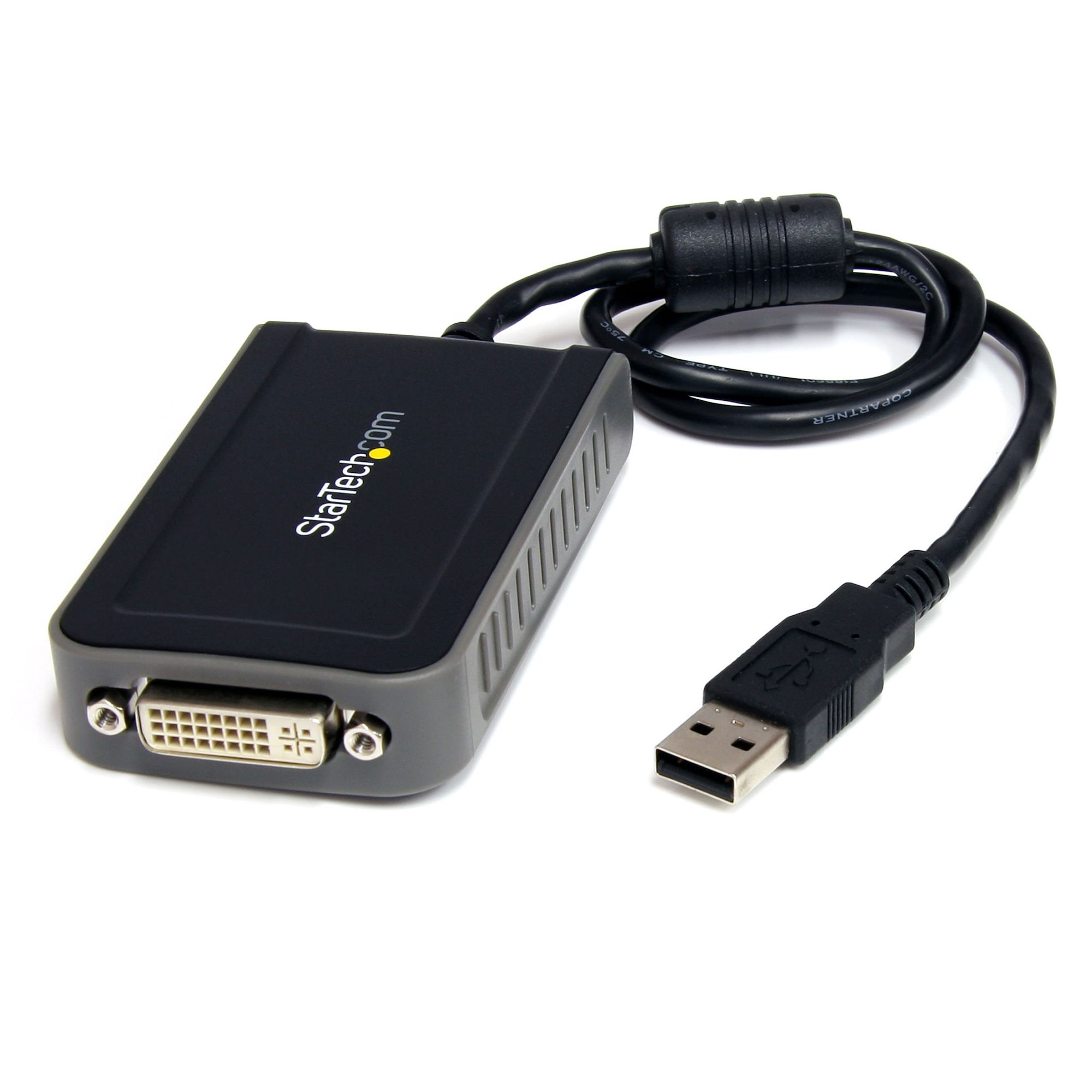
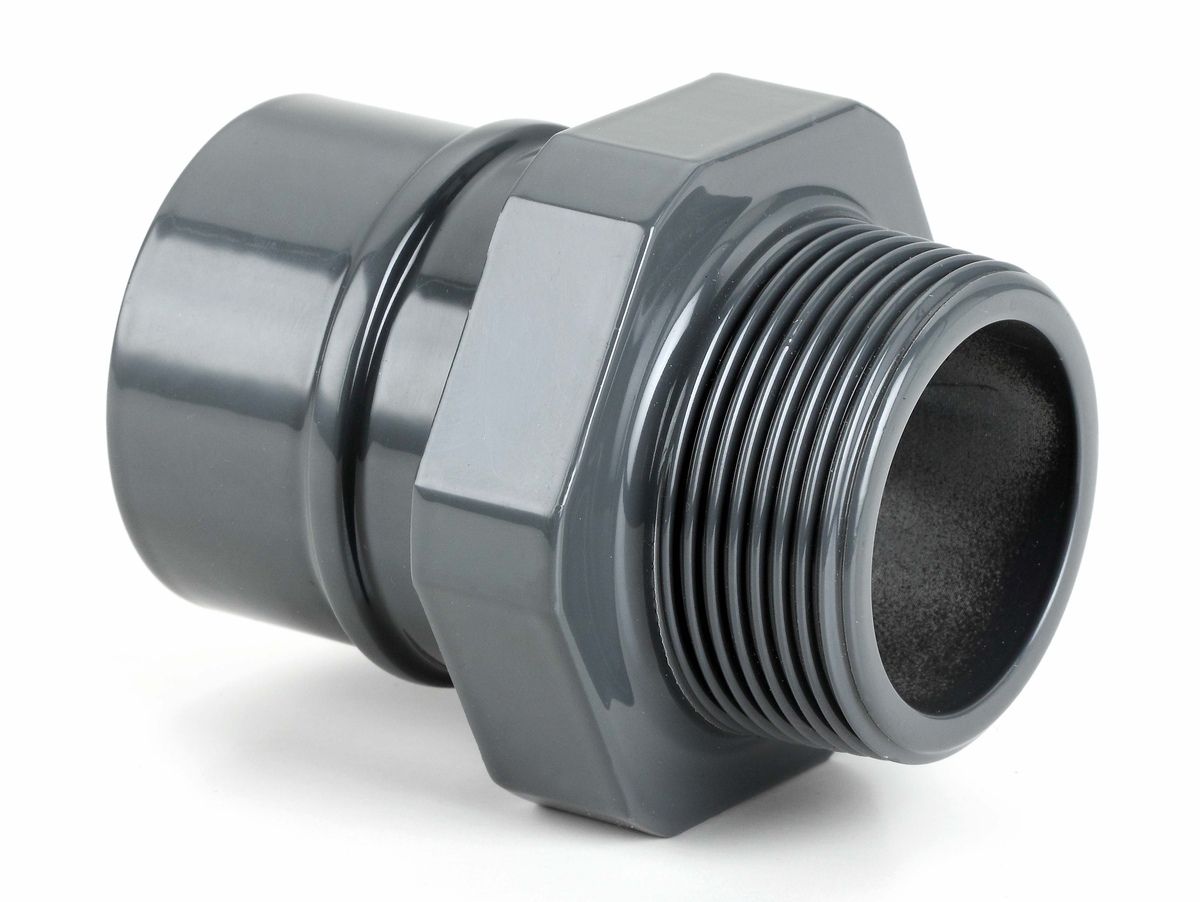
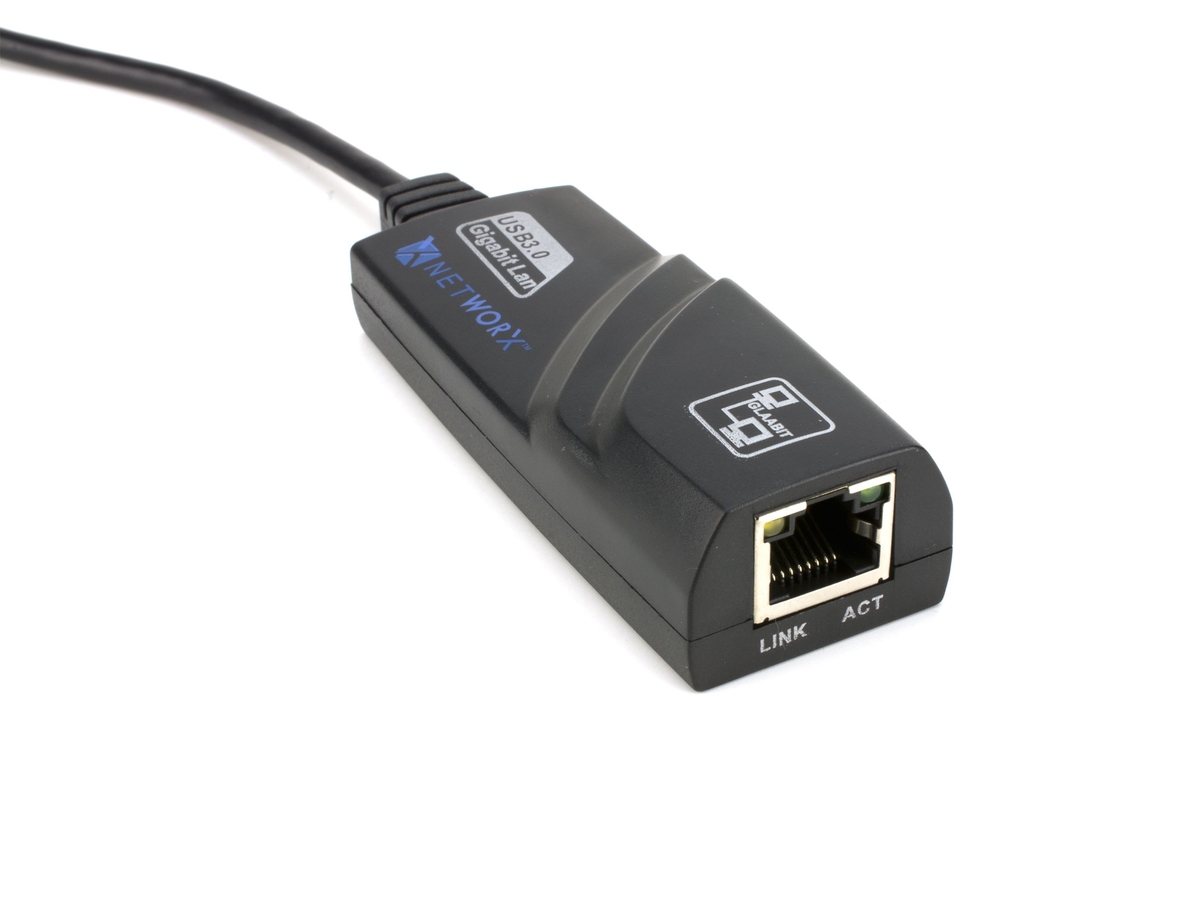
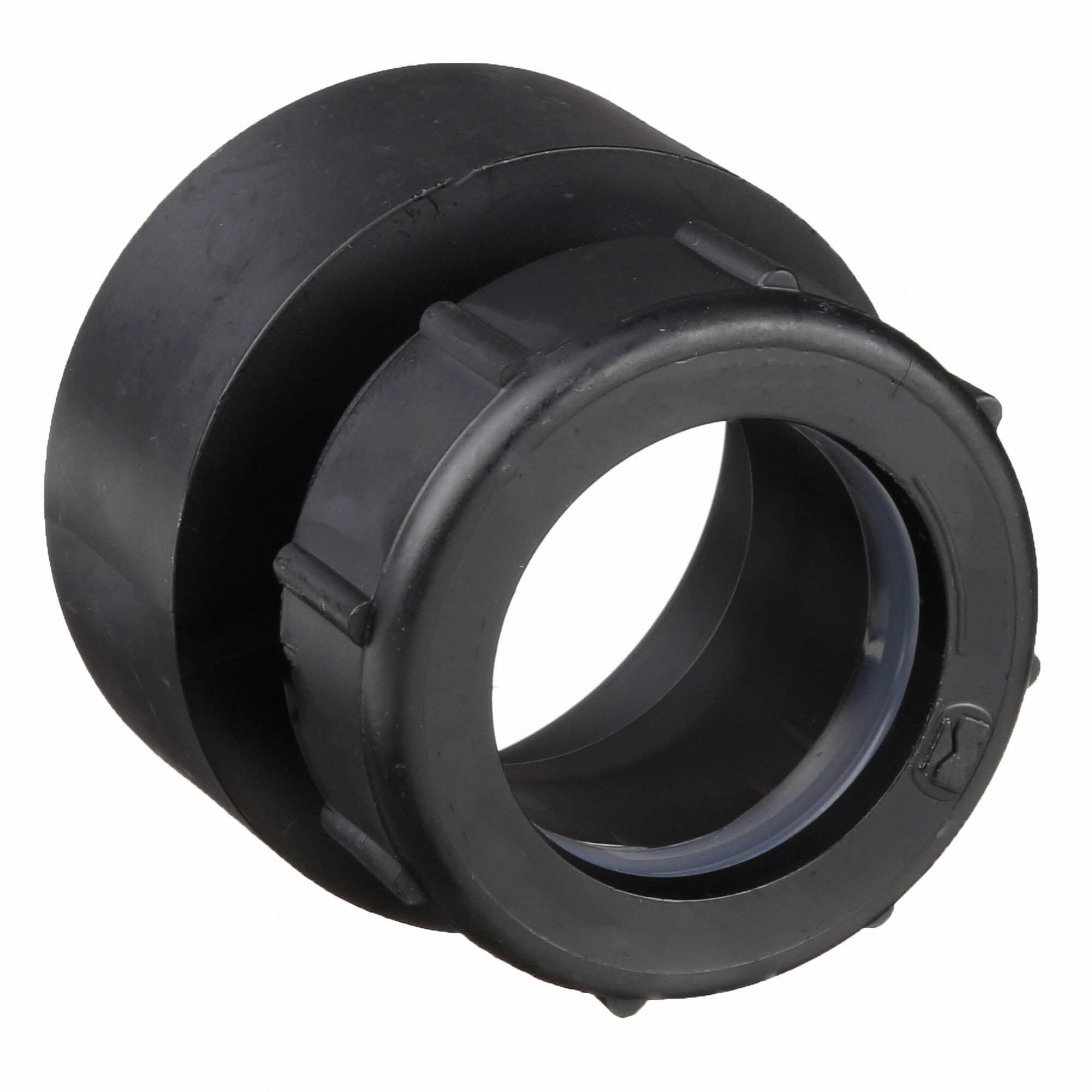
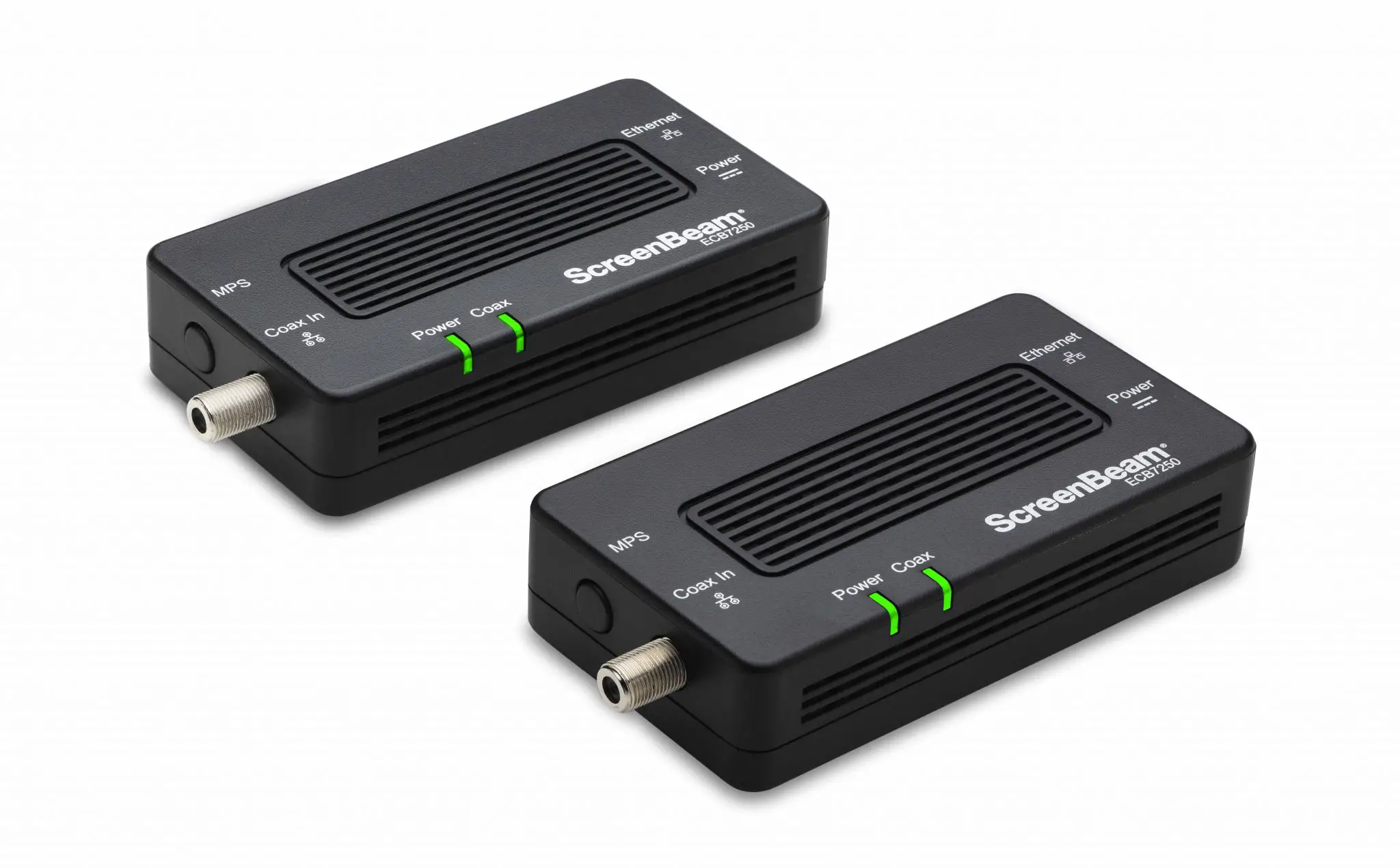
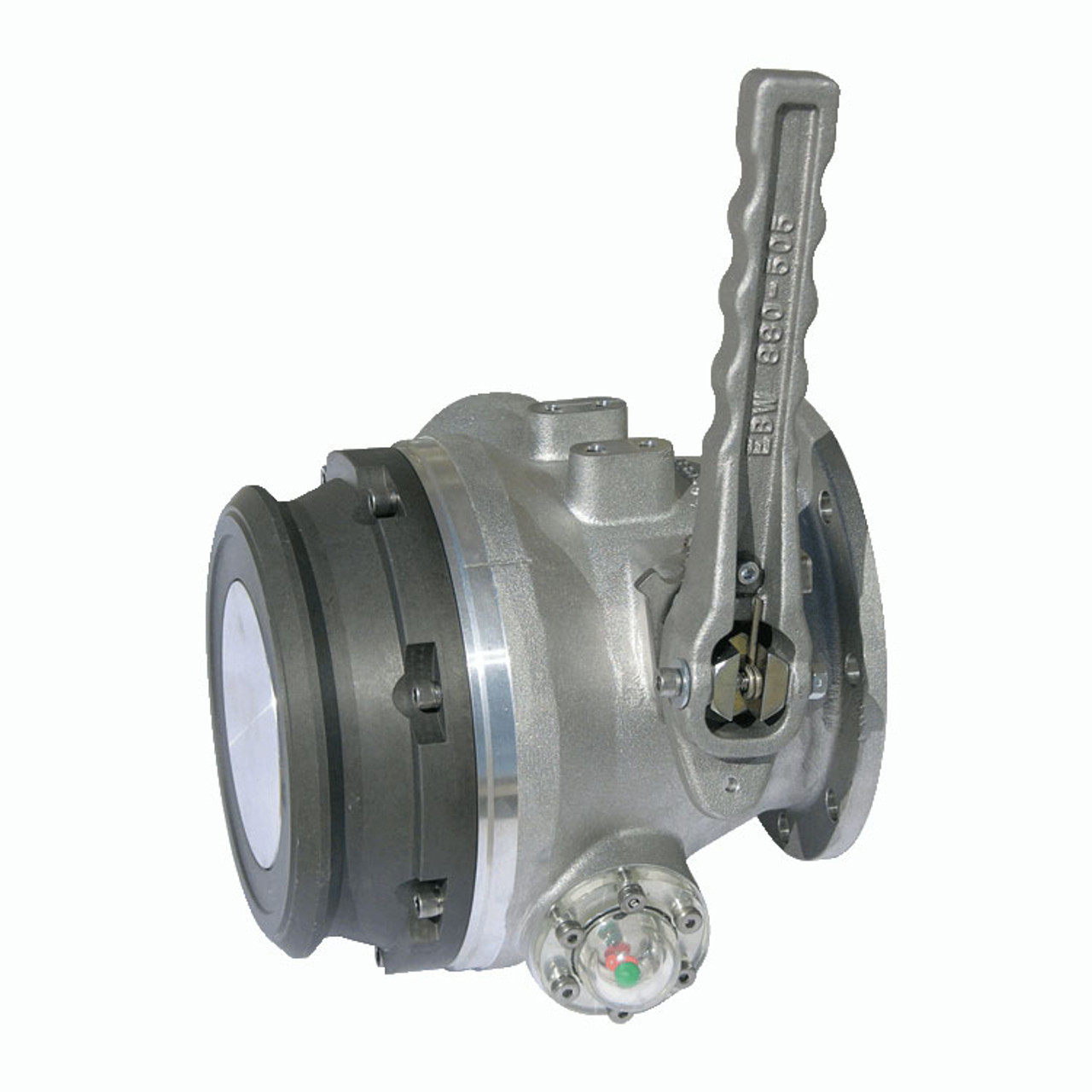
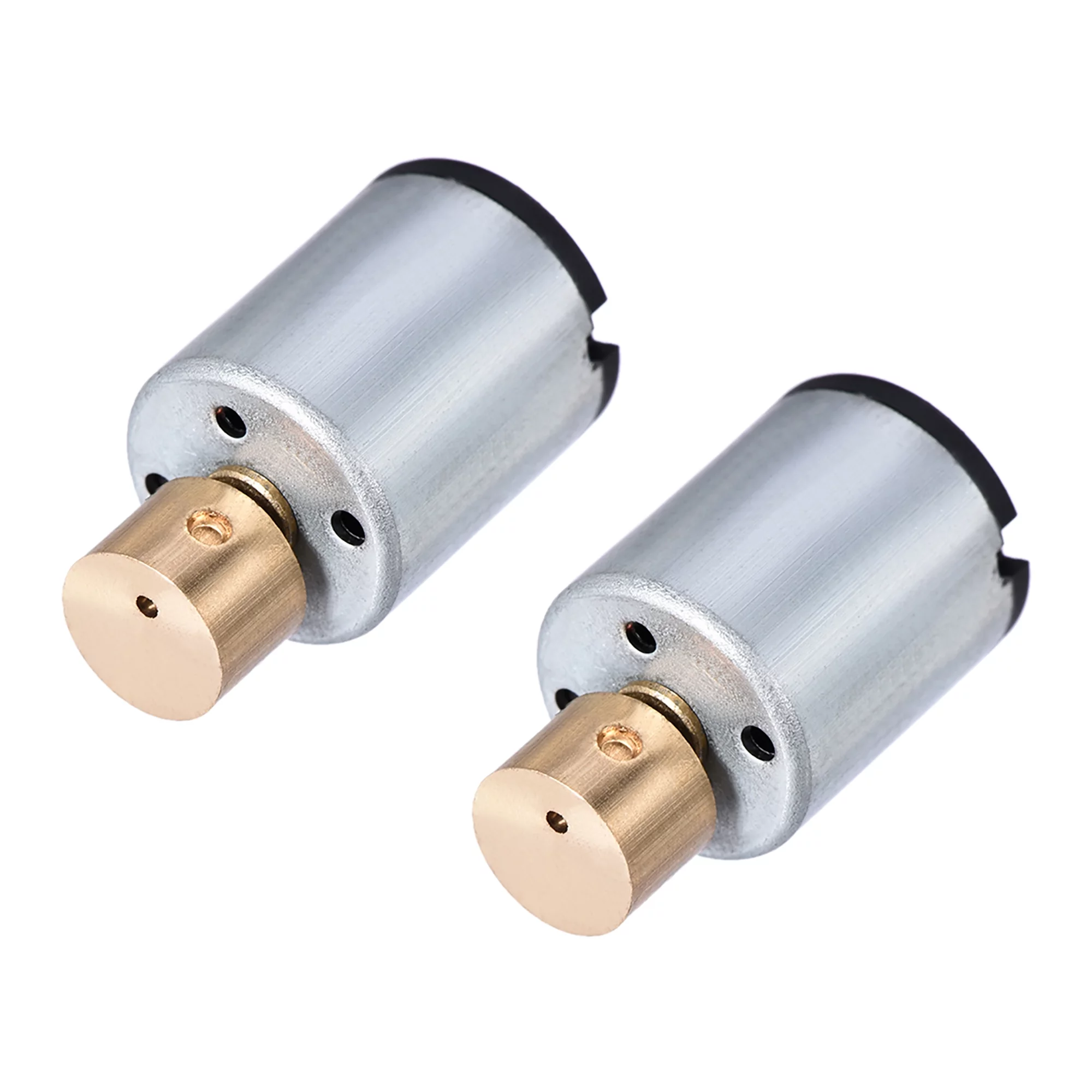

0 thoughts on “What Is A 5V Adapter”